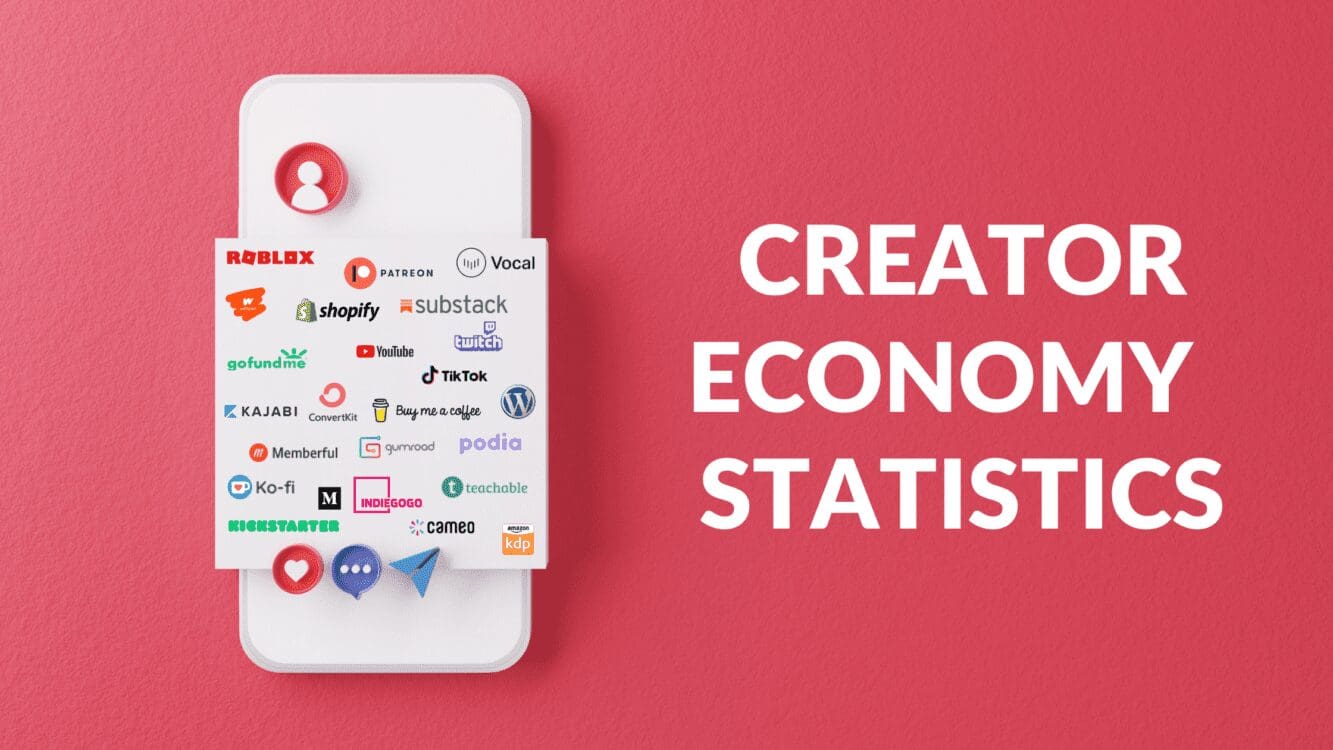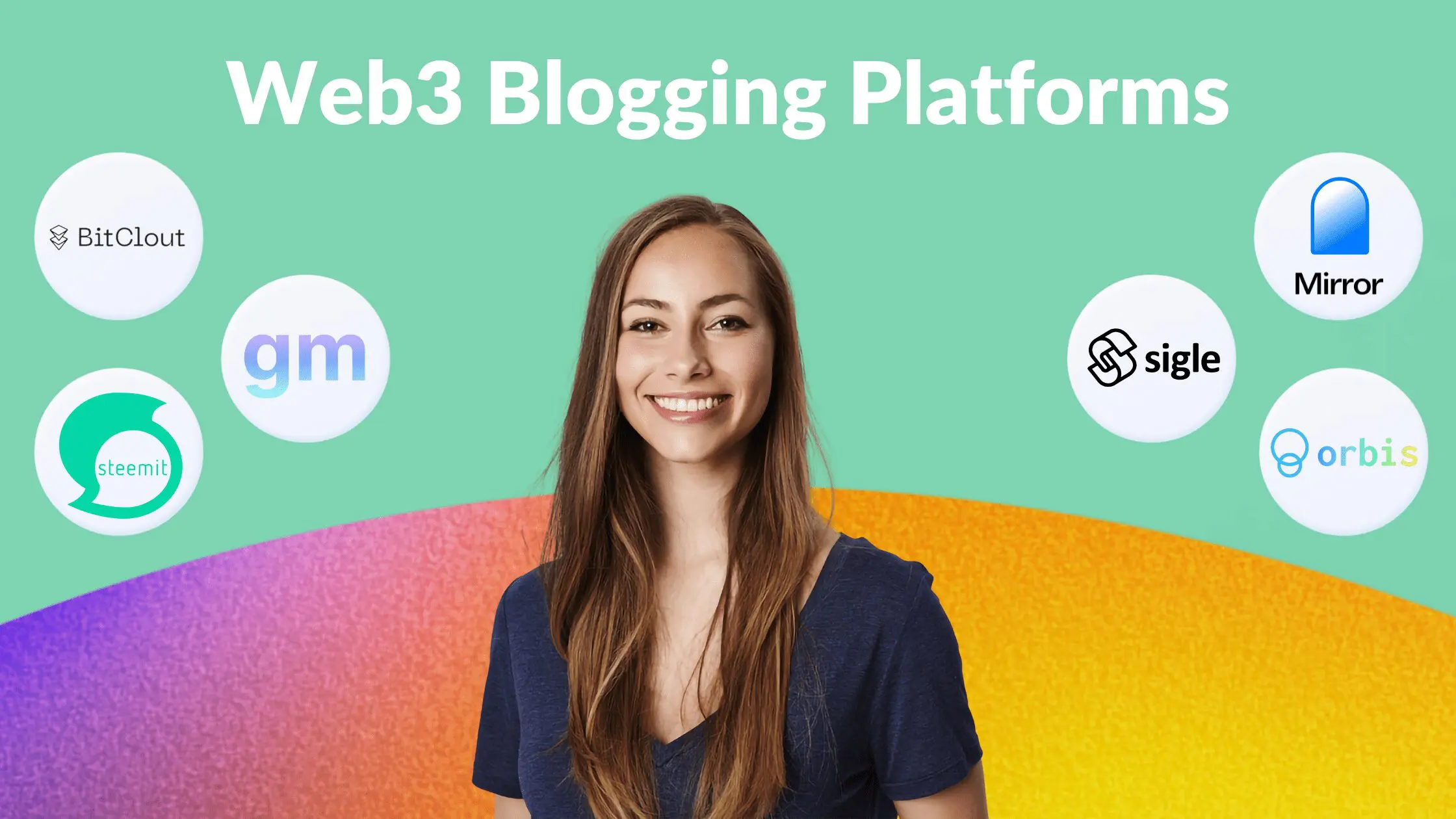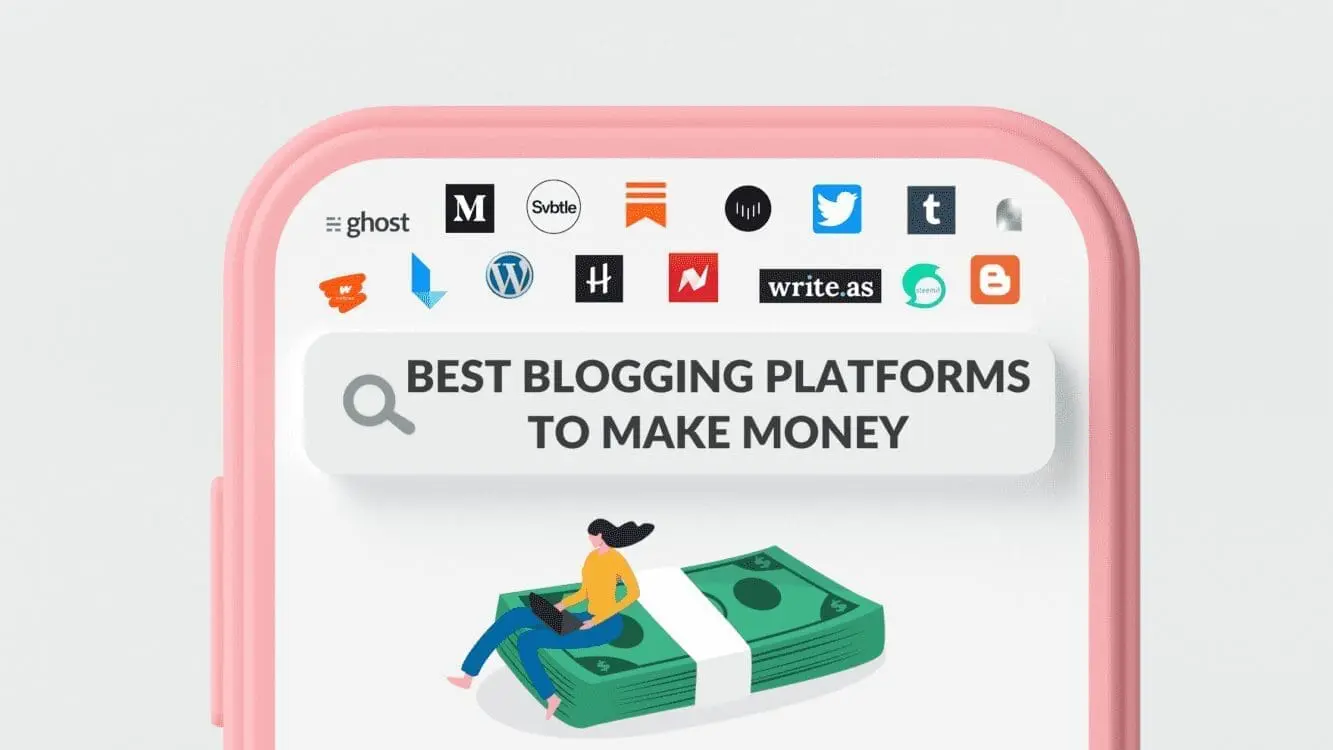The Digital Publishing Landscape

Written by Casey Botticello
Disclosure: Some of the links below are affiliate links, meaning that at no additional cost to you, I will receive a commission if you click through and make a purchase. For more information, read our full affiliate disclosure here.
Digital publishing includes the digital publication of e-books, digital magazines, and the development of digital libraries and catalogues. It also includes an editorial aspect, that consists of editing books, journals or magazines that are mostly destined to be read on a screen (computer, e-reader, tablet, smartphone).
However, in the context of digital content creation as part of the growing passion economy, digital publishing specifically refers to a subset of platforms that help content creators:
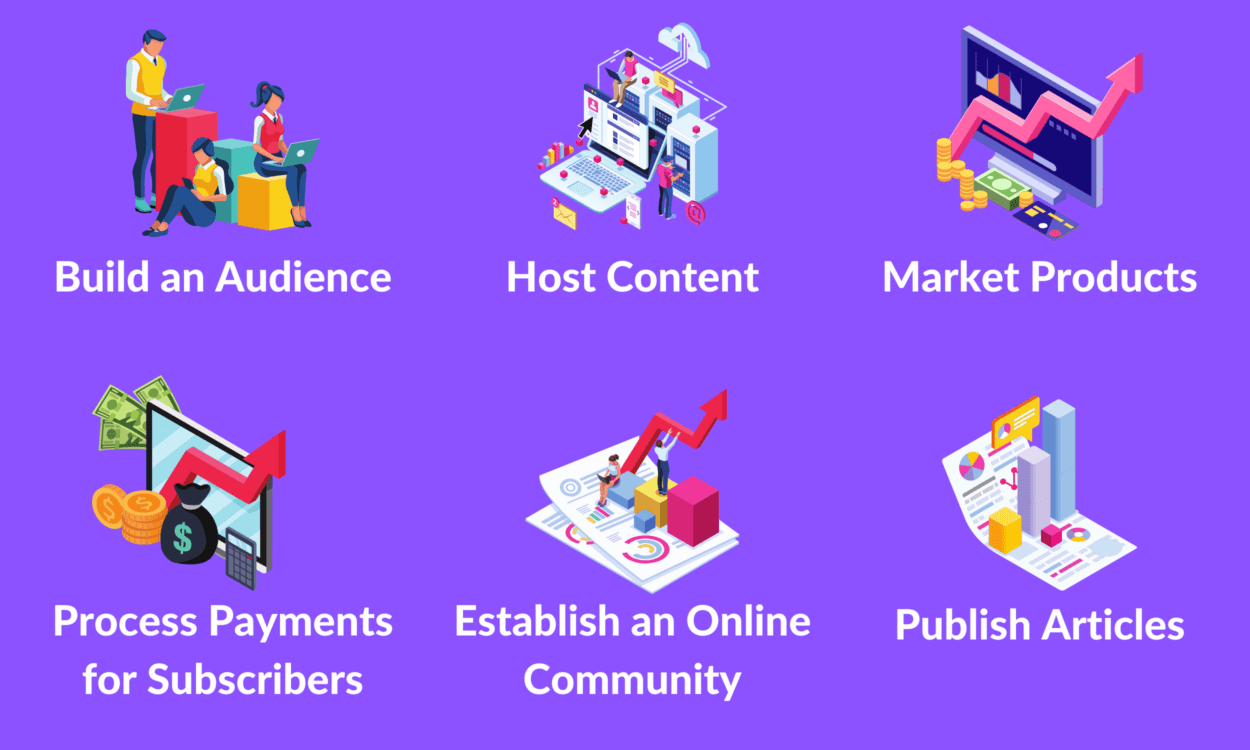
These platforms all help content creators connect with and monetize an audience. Some of the popular tools offered by these platforms to entice content creators are hosted blogging platforms, newsletter creation platforms, e-commerce tools, membership subscription services, and premium gated content.
What is The Passion Economy?
Over the past four decades, most workers have been losing out in terms of negotiating power and wages. Globalization, the decline of unions and automation have made it significantly harder for the middle class to thrive.
For workers, this economy meant that it was best to conform, to follow the rules and show employers that they could accommodate their needs. Not following the rules meant taking risks that could jeopardize your livelihood. But becoming a mere cog in the well-oiled machine of the mass economy came with its trade-off: job stability and a decent pay.
However, this trade-off has lead to many workers having to work long hours in jobs that they hate, merely to survive. Many of those who have opted out of the “traditional” workforce are part of the gig economy.
This “gig economy” was marketed as the path to increased personal freedom and the chance to “be your own boss.”
In the gig economy, workers could easily monetize their time in specific, narrow services like food delivery, parking, or transportation. The platforms were convenient for both the user and the provider: since they took care of traditional business hurdles like customer acquisition and pricing, they allowed the worker to focus solely on the service rendered.
While these gig platforms offered workers some increased control of their time, the work was still largely unsatisfying to many.
This lead to the rise of the “passion economy,” which is based on individual knowledge-intensive skills, as opposed to commoditization task fulfillment.
Some examples of workers monetizing their individuality through platforms that power the passion economy:
The passion economy is partly driven by a desire from workers to highlight their individuality. But it is also driven by the rise of many digital platforms that have enabled creators to monetize their content, knowledge, or skills. Below are some of the top platforms within the digital publishing sector that are competing for creators (organized by platform vertical).
Digital Publishing Platforms by Vertical
1. Pre-Monetized Blogging Platforms (Medium, HubPages, Steemit, Vocal, etc.)

Medium is one of the best examples of the digital publishing platforms that have enabled content creators to monetize their writing. Readers are charged a subscription fee to access stories across the entire Medium platform. Medium features stories from both amateur writers and major media publications. Writers on Medium are compensated through the Medium Partner Program. The amount of money a writer makes is proportionate to the amount of time readers spend engaging with their stories.
In this arrangement, Medium functions as a marketplace for writers looking to monetize their work. Medium’s marketplace is entirely plug and play, meaning writers can sign up and start earning revenue with minimal set-up.
Medium benefited from an early mover advantage as well as a financial advantage. Medium has received over 150 million in private funding and its founder, Ev Williams (co-founder of Twitter) has substantial personal wealth.
However, despite these advantages, Medium has struggled to define its business model. Although Medium has labeled itself a platform, it has at times tried to be a publisher as well.
A publisher is in the business of creating content and growing readership. Medium saw an opportunity to create a new kind of publisher. Unlike traditional publications, Medium incentivizes an army of independent journalists and writers to produce a constant stream of good quality content. The advantage of Medium’s approach under the “publisher” model is that it doesn’t have to employ a large number of writers or any at all. It needs to grow its readership (in particular readers who are willing to pay for content) and figure out the best way to distribute revenue from subscriptions to the writers.
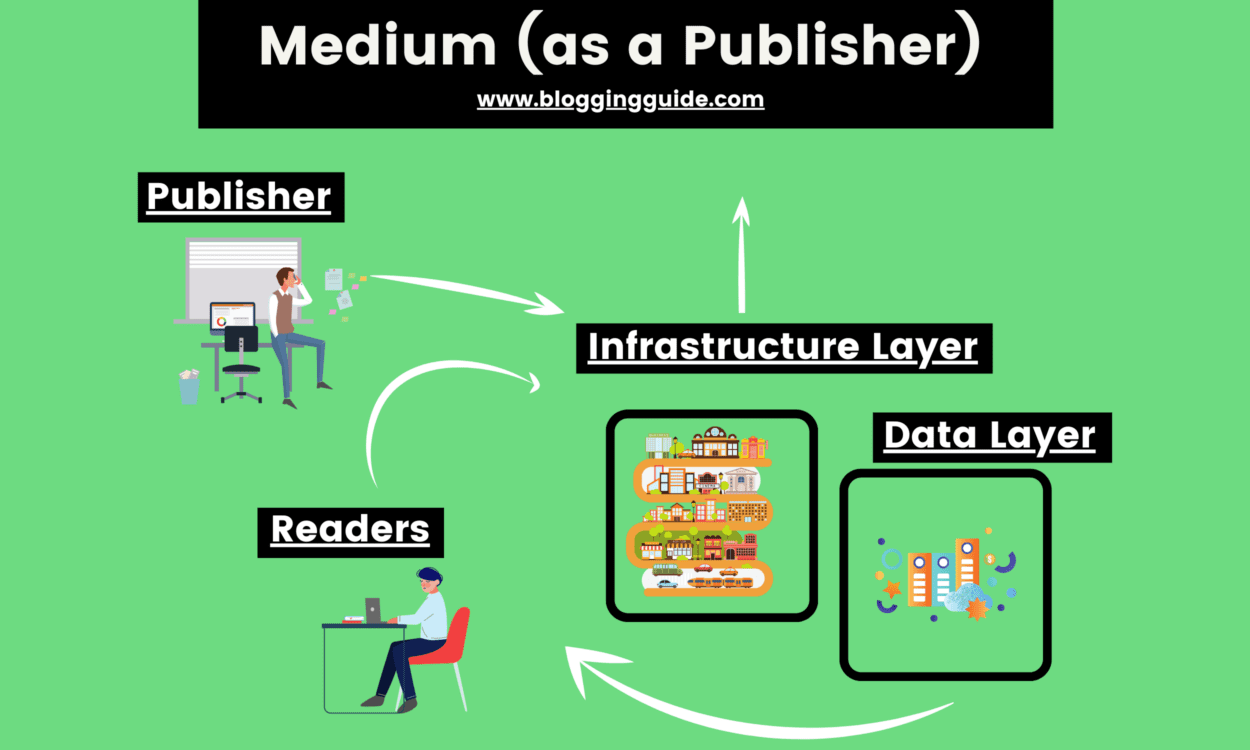
Medium-as-a-publisher provided readers with much broader and diverse content created by the army of independent writers and journalists. It’s worth the $5 per month subscription because you can’t get content from such diverse topics from many other publications. Subscriptions to a combination The Wall Street Journal, New York Times, Financial Times, The Atlantic, and other major publications, would cost users $250+ year.
A platform, on the other hand, provides tools for publishers to create and publish content, as well as engage and grow readerships and subscriptions. The responsibility for growing audiences lies in the hands of publishers, not the platform. The value of the platform comes from making it easy for publishers to create publications and engage readers.
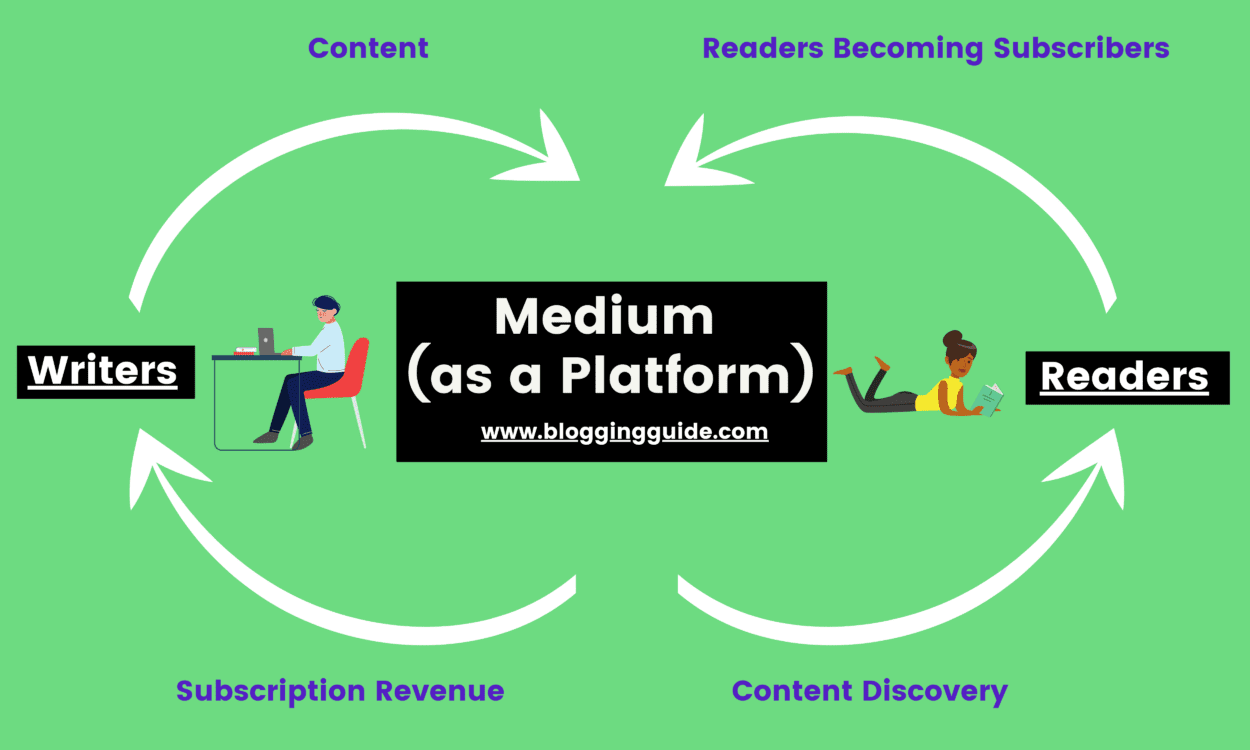
Medium-as-a-platform interested many publications because it promised to solve their tech, infrastructure, and SEO problems. Publishers want to create content, not deal with the headache of constantly maintaining their own platform. Not only is it challenging to replicate the site aesthetics of platform like Medium, but is is also expensive, requiring a staff of several people.
Both models are valid when viewed by themselves are viable. But they are fundamentally incompatible when used together. If you are a publisher, you have to focus on content discovery and readership growth. If you are a platform, you need to focus on infrastructure and readership engagement tools while accommodating the needs of publishers, or independent writers, to manage their publications.
The result of these two conflicting business models?
Medium is fighting off several other platforms who are offering writers clear (and potentially more lucrative) business models and platforms. A prime example of this is Substack, which is discussed in the following section.
Medium Alternatives
Although Medium is probably the largest player in the pre-monetized blogging space, there are several other competitors, including HubPages, Steemit, News Break, and Vocal.
HubPages is the longest running of these competitors, but due to mismanagement, battles with Google leading to SEO demotion, and a limited audience, the company is not a serious threat to Medium.
Steemit provides an interesting alternative to Medium since writers get paid in cryptocurrency called STEEM. However, Steemit doesn’t have the mass appeal or traction to challenge Medium.
Vocal is a great alternative to Medium, and the transparency of their payment model is appealing to many writers. However, Vocal does not have an audience near the size of Medium’s.
News Break is the newest of these pre-monetized digital publishing platforms. Its founders have sunk a lot of money into driving the creation of local news and content. News Break’s Creator Program is only a few months old (still to early to assess) and I doubt it will destroy Medium, but the guaranteed monthly payouts or payouts per article are appealing to many passion economy writers.
Medium Alternatives
Although Medium is probably the largest player in the pre-monetized blogging space, there are several other Medium alternatives, including HubPages, Steemit, News Break, and Vocal.
HubPages is the longest running of these competitors, but due to mismanagement, battles with Google leading to SEO demotion, and a limited audience, the company is not a serious threat to Medium.
Steemit provides an interesting alternative to Medium since writers get paid in cryptocurrency called STEEM. However, Steemit doesn’t have the mass appeal or traction to challenge Medium.
Vocal is a great alternative to Medium, and the transparency of their payment model is appealing to many writers. However, Vocal does not have an audience near the size of Medium’s.
NewsBreak is the newest of these pre-monetized digital publishing platforms. Its founders have sunk a lot of money into driving the creation of local news and content. NewsBreak’s Creator Program is only a few months old (still to early to assess) and I doubt it will destroy Medium, but the guaranteed monthly payouts or payouts per article are appealing to many passion economy writers.
2. Newsletter Publishing Platforms

Substack is another popular digital publishing platform powering the passion economy, and perhaps the most popular of the newsletter-specific publishing platforms. However, unlike Medium, Substack’s business model involves hosting subscription newsletter creation tools for writers.
Substack requires creators to work independently to acquire customers (Medium provides a built in audience, with its Partner Program).
It helps with distribution—providing tools for newsletter marketing, analytics, built in payment processing for multi-tiered subscriptions limited CRM functionality, and an easy to use email marketing system—but writers are largely responsible for growing their own newsletters.
Substack poses a threat to Medium because, as a SaaS tool (as opposed to a marketplace tool), Substack offers more financial upside for creators who already have a large customer base.
There are several ways in which newsletter creation platforms (such as Substack) threaten marketplace tools, such as Medium:
- Substack will poach top writer talent from Medium.
Medium has attempted to slow this “platform brain drain” by keeping in place various systems that are frustrating to Medium writers, but are effective in discouraging these writers from starting on a new platform.
The most obvious example of this is Medium’s low level of email list portability and the difficulty of communication with followers. As explained in the previous section, Medium has attempted to act as both a publisher and platform. This moat is largely superficial, though, as platforms like Substack prove.
Since Medium requires no exclusivity from its writers, most writers eventually will make the determination that “owning their own email list” and being able to communicate with their followers, independent of Medium as an intermediary, is worth leaving the platform over.
- Substack’s current business model is much more scalable than Medium’s business model.
Medium is a marketplace where writers can easily monetize their writing. Substack is a SaaS tool which simply provides the technical infrastructure allowing writers to create their own newsletters.
In the Substack model, newsletter writers are responsible for all writing, editorial planning, marketing, and ultimately building an audience. Substack makes money by charging a processing fee which is a percentage of a newsletters revenue.
Medium’s model relies upon content curation, (some) editorial direction, and it needs to manually moderate content. All of this is time intensive and expensive, making it hard to scale.
- Medium’s model was successful in driving growth over the past 8 years, but it also was effectively subsidized heavily by large venture capital investments.
It is tricky to say since Medium is a privately held company, but there is no evidence that Medium is actually profitable. Substack, by its very design is much more likely to achieve profitability, first or faster.
The team required to run Substack is very lean, and the marginal cost of adding a new newsletter to their network is extremely small.
- Substack’s business model aligns the financial interests of writers and Substack better than the financial interests of Medium writers and Medium as a company.
If I publish my writing on Substack, Substack only makes money if I succeed in selling subscriptions to my newsletter. Medium, by contrast, benefits from the content provided freely by writers. Medium writers, however, have little ability to control their earnings.
They are dependent upon earnings that Medium allocates (Medium currently uses Member Reading Time to proportionately allocate earnings). Let’s say I write an article on Medium that goes viral through organic search traffic. This article could earn a very small amount of money (or none at all) because writers are only paid for reading time from paid medium subscribers.
In the most extreme case, is is possible that I could write a viral article with millions of views, receiving little or no compensation for my effort, and Medium would reap the full upside of the article’s success as this helps boost paid platform reader subscriptions.
While Substack does have some advantages over Medium, I am not saying that Medium will collapse. I am also not ruling out the possibility that Substack itself will fail.
Why?
- Substack is not competing for passion economy creators in a vacuum.
Substack faces direct competition from platforms such as Revue or Buttondown. Further, the service offered by Substack is not proprietary, meaning additional competitors could enter the field at any given time.
- Substack is vulnerable to “platform brain drain” much like Medium.
In the case of Substack, top earning publications can and sometimes already have left Substack, in order to avoid paying Substack their fee or because they want to build a custom publishing platform, designed to meet their followers needs better.
- Substack newsletters face less direct, but strong competition from private membership communities.
These online community building platforms contain a wide range of features (with a newsletter being among the simpler platform features.
3. Video Publishing / Streaming Platforms

Twitch is a leading live video streaming platform, which caters to the viewers with videos of different genres, ranging from music, cooking, Q&A, and instructional sessions, to video games and everything in between.
It is just like YouTube, but with live videos. Launched in 2011 by Justin Kan, Twitch made its initial impact catering to a niche of online gamers and was acquired by Amazon in 2014.
In 2019, Twitch streamed 2.72 billion hours, far surpassing YouTube with just 736 million hours of video streaming.
When your audience grows, so does your potential to earn money. But there are a few ways you can cash in as you’re still growing your following:
Donations
Twitch users like to support their own. One of the main ways they do this is by donating money to their favorite streamers. Add a “donate” button to your channel — via PayPal or a third-party app, such as Streamlabs — and let viewers show you the money.
Brand Partnerships
Companies use Twitch streamers to get their products in front of people, and the streamers get a kickback in return. This is typically referred to as a partner or affiliate relationship (not to be confused with Twitch’s partner and affiliate programs, more on that later).
Affiliate opportunities for Twitch streamers can come from companies that sell hardware and software, energy drinks and accessories, such as headsets and chairs. Commissions vary, but for example, Razer — the hardware and software company — offers affiliates up to 20% commission on the sale of its products.
Brands don’t typically come to you unless you’re a big-time gamer. Talk with other streamers to suss out affiliate opportunities.
Merchandise
If you have a dedicated audience, consider selling your own merchandise — think t-shirts, stickers, coffee mugs and laptop cases — via a third-party site such as TeePublic or Spreadshop. Just create a storefront, stock it with items — bearing your own design or curated from other sources — and promote it on your Twitch channel.
While Twitch has been featured due to its high level of recent growth, it is far from the only video platform serving the passion economy.
YouTube is still the dominant player in the field, and mobile apps like TikTok are experiencing just as much growth, if not more. All of these companies offer creators the chance to monetize their video content.
4. Audio Publishing & Podcast Platforms

Listening to podcasts has become mainstream. Today, more than half the US population has listened to roughly a million shows. We’ve seen the rise of podcast creators, largely due to innovations in podcasting tools and hardware. Tools like Anchor have enabled any creator to host and distribute their audio content.
An app like Clubhouse provides an experience that is somewhere between a conference call, a podcast, and a live talk show. The content is ephemeral, like a traditional phone call, however it’s also a horizontal and public platform, which is more like live podcasting.
Donations to podcasters primarily happen off-platform today, via third-party tools such as Patreon, PayPal, and Venmo. The top podcaster on Patreon, Chapo Trap House, a political humor podcast, earns over $131K per month from almost 30K patrons. And some other listening apps also have introduced one-off tipping capability or patronage features.
Another monetization mechanism that companies are experimenting with is branded content. As opposed to advertising — which first start with the content and then sell ads to monetize — branded shows create a podcast in collaboration with a company, for a fee.
There’s also a lot of activity happening right now in the subscription and membership space. Recently-launched podcasting app Luminary Media charges $8 a month for access to a slate of more than 40 exclusive podcasts, and the app also has a free listening experience.
While audio and podcasting platforms still have a ways to go in terms of monetizing content, they are definitely a major source of passion economy creator earnings.
5. Course & Webinar Creation Platforms

The online course market hit $187.5 billion in 2018, and its value seems certain to increase in the coming years. Studies predict that the e-learning industry will reach $325 billion. This projected increase is likely due to a shift in workplace training needs, hiring trends, and industry developments like LinkedIn’s acquisition of Lynda. Professional success these days depends on continuous learning and development.
An industry survey of more than 1,000 entrepreneurs conducted by Global Industry Analysts found that 20 percent of respondents were in the process of creating an online course.
According to Statista, in 2017, the self-paced e-learning product market amounted to 46.67 billion U.S. dollars. Individuals and businesses continue to be interested in e-learning, and you don’t need any specific qualifications to get started. While academic subjects are popular, you can also teach practical skills or virtually any other topic.
One example is Justin Jackson who has turned his blogging into a digital membership business, using one of the most popular online course creation tools.
Podia is a popular online course platform that can be used to build your entire storefront. It allows you to create all the educational content you could possibly need. You can build multiple online courses, create digital downloads, set up separate membership sites, and host them all in one place.
Another similar type of platform is Thinkific. Thinkific is a powerful all-in-one course software solution that makes it easy to create and sell courses on your own course website. It’s a robust platform that scales well as you grow and is capable of supporting millions of students.
Course and webinar creation platforms have been lucrative since their inception, so the success of this latest group of passion economy platforms is not a surprise. Education had been trending toward digital sources for years, with many colleges and universities integrating online course platforms. What has been a surprise though are the rise of e-learning courses and webinars led by individuals, as opposed to large incumbent educational institutions. Much of this transformation started before the pandemic, but have been implemented at a staggering rate after the pandemic.
As noted in a report from MIT Technology Review Insights:
The coronavirus pandemic has accelerated digital transformation strategies.
While most of the U.S. (and much of the world) is struggling to cope with the burden of COVID19, digital publishing platforms and passion economy platforms are growing at an unprecedented rate. Courses, webinars, and other e-learning products are quickly developing into the most lucrative passion economy vertical.
6. Online Community Engagement Platforms

The primary goals of building an online community include increasing user engagement, providing better support at reduced costs, building customer loyalty, and converting customers into advocates. However, there are people and organizations who have started to make a fortune out of their online communities by monetizing them.
Whether it is through direct or indirect monetization of an online community, the demand for online communities has led to a number of popular online community building platforms. Many of these are designed for users who have no experience coding or managing complex technical infrastructure.
PeerBoard is an example of the online community building tools that have been created. PeerBoard is software that allows you to build a branded, feature-rich community forum on your website, without requiring coding.
PeerBoard is one of the leaders of the group of sites that are indirectly monetizing an online community. By that, I mean that PeerBoard is not currently charging member for access to the forums they host.
Rather, community organizers are building communities in parallel to existing passion economy products (i.e. a Substack newsletter, an online course, or Podcast discussion group being built to enhance the community experience of an already monetized audience).
Another popular platform designed for monetizing online communities is Memberful. Memberful runs independently in the background helping online community managers sell memberships and manage the day to day work involved with running a subscription business. This is an example of an online community engagement platform that is allowing creators to directly monetize their audience.
7. Project-Based Funding Platforms

The idea of crowdfunding (project funding) is fairly old. Going back even to the 19th century, book printing was financed by donations from those interested in a specific book. Even the Statue of Liberty in New York was co-financed by donation campaigns, which raised a total of $160,000 to complete the base construction.
However, crowdfunding in the modern sense only became an easily accessible financing model based on the social and globally networked structure of Web 2.0 with the launch of the crowdfunding sites Indiegogo (2008) and Kickstarter (2009).
Indiegogo and Kickstarter are donation platforms that allow fans to donate to their favorite creators and the projects that these creators need help financing.
Creators use these platforms to raise money to publish their one-off books, comics, documentaries, short films, albums, etc. These project based funding platforms typically charge a 5% commission on any money raised.
These sites have led to the realization of the dreams of many indie creators, but many of these supporters prefer to more directly support content creators, and receive premium access or merchandise, as seen in the next section.
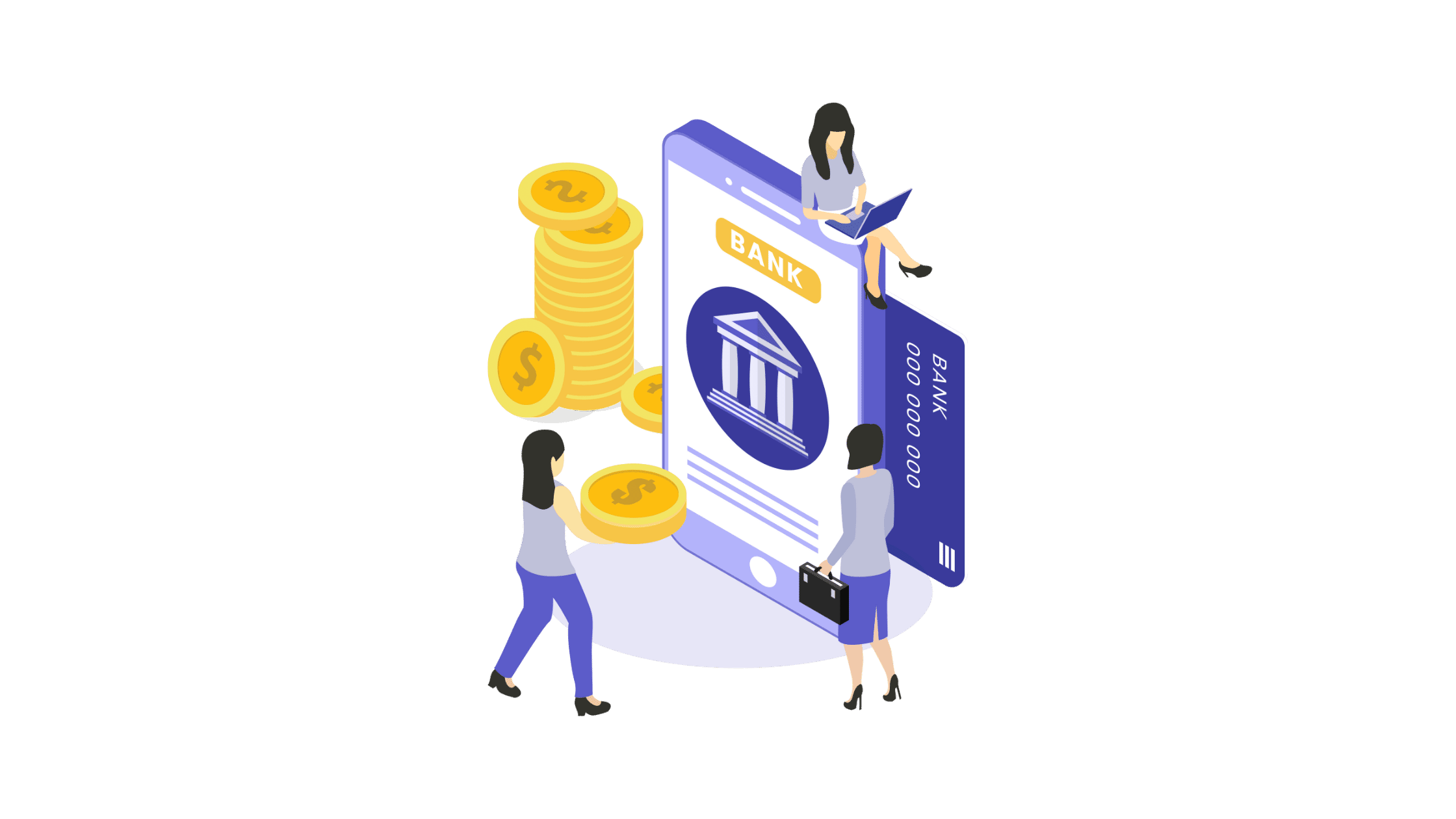
Patreon is the most prominent of the “patronage” type of passion economy companies. In a nutshell, Patreon allows creators—from musicians over artists to trainers, teachers and local venues— to offer paid subscriptions to their content.
For creators, Patreon handles the audience management backend, the payment processing, and a moderate level of curation. For these services, Patreons keeps a stake between the 5% and the 12% of creators’ earnings, depending on the service level Creators select from Patreon.
More than 150,000 artists use Patreon to generate income by offering exclusive content and communities to more than 4 million patrons in over 180 countries (and they’ve earned well over $1B in the process). More than 30,000 creators launched in the first 3 weeks of March 2020 alone, and these new creators are acquiring patrons faster than usual.
The other popular example of this category are the series of “tip jar” platforms which have emerged. Instead of setting up a recurring donation to your favorite creator, you can also make one-time donations, which is much lower friction for fans to get involved.
Platforms like Ko-fi and Buy Me a Coffee gives creators the platform to ask fans for $5 here and there. These platforms can let creators reach their maximum audience by not requiring upfront payment, while still offering a way for fans to voluntarily support a creator financially. Some larger social networks also offer ways to tip creators, especially during livestreams, in exchange for shout-outs from their favorite streamers or special badges and added visibility to other fans.


